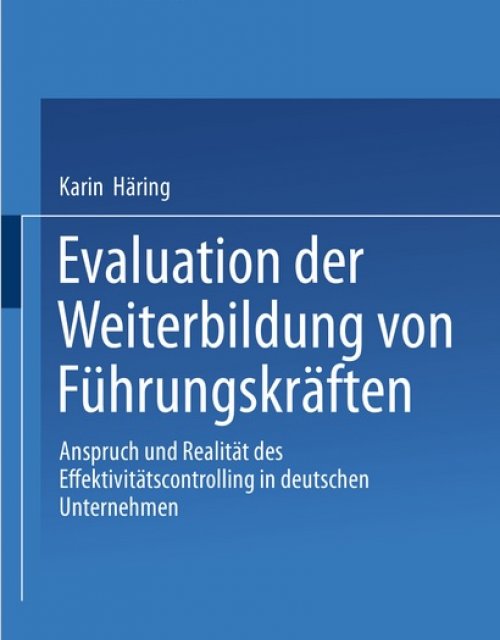Publication records
Subject(s)
Marketing
Keyword(s)
cost, environmental uncertainty, flexibility, real options, relationships
In the past, transaction cost economics (TCE) literature has largely stressed the benefits of contractual commitments in relationships. TCE traditionally recommends safeguarding specific assets against holdup, thus reducing behavioral uncertainty. In contrast, the reverse side of the coin has been disregarded for a long time. Firms may lose some of their flexibility and thus the opportunity to benefit from future emerging business activities due to prior contractual commitments. Flexibility becomes especially important in dynamic environments where there is rapid technological change. To manage the emergent trade-off between contractual commitments and flexibility in dynamic markets, the authors propose a real options approach. The value of a firm's flexibility to switch to a new trading partner is represented by a real switching option. It can be shown how contractual commitments directly affect the value of the switching option. To clarify, the authors numerically analyze the respective trade-off and derive implications for an optimal choice of contractual commitments.
With permission of Elsevier
Volume
33
Journal Pages
501–512
Subject(s)
Strategy and general management
Volume
50
Journal Pages
249–253
Subject(s)
Strategy and general management
Keyword(s)
Telmore, mobile, online, distribution, phone, TDC, Denmark, EasyMobile, EasyGroup, MVNO, telecomminications, segmentation
The case study analyzes the Danish telecommunications sector and the dilemma TDC Mobile International, Denmark's largest incumbent Mobile Network Operator (MNO) is faced with of how to respond to Telmore, the rapidly growing new entrant to market, a Danish service provider that at the end of 2003 was one of the fastest growing mobile virtual network operator (MVNO) in the world. Since its inception in November 2000, Telmore had captured 9% of the total mobile telephony market in Denmark through a simple, transparent and low-cost internet-based model that had proved a big hit with customers. It had led a massive price decline in mobile prices, with charges for voice calls dropping 54% in 2003 alone. By early 2004 Telmore was expected to reach 500,000 customers and to move past Telia to become the fourth largest mobile operator in Denmark after TDC, Sonofon and Orange. The Telmore case study A analyzes Telmore's business approach and strategy.
| buy now |
Subject(s)
Strategy and general management
Keyword(s)
Telmore, mobile, online, distribution, phone, TDC, Denmark, EasyMobile, EasyGroup, MVNO, telecomminications, segmentation
The case study analyzes the Danish telecommunications sector and the takeover of Telmore by TDC Mobile International. Through the takeover, TDC managed to acquire its fastest growing competitor on the Danish mobile telephony market. While Telmore's basic service proposition remained largely unchanged after the takeover, TDC made several tweaks to the business model. Telmore's business continued to grow into mid 2004, with the company capturing market share from both the full-service MNOs and other low-cost service providers. The Telmore case study B examines the acquisition of Telmore by TDC as well as the general consolidation of the Danish telecommunications market by 2004.
| buy now |
Subject(s)
Strategy and general management
Keyword(s)
transaction cost economics, the resource-based view, market process theory
The aim of both marketing theorists and resource-based view proponents is to explain the creation and the sustainability of competitive advantages (Srivastava et al., 2001, p. 777). What has not been considered so far is the role of exploitation positions within the competitive game. The purpose of this article is to investigate the consequences of a strategy concerning the active creation of exploitation positions on the side of the customers. The reason for this is the observed tendency in several industries - elevators, paper machines, gas turbines - to actively create such positions. The underlying assumption is that this strategy leads to a competitive advantage for the initial transaction as well as to higher profits for the supplier taking into account the entire relationship. Mainly the second advantage of a higher profit depends heavily on the sustainability of an exploitation position. Therefore, this paper identifies the drivers controlling the sustainability of an exploitation position. In order to derive a broad understanding three different theoretical approaches - Transaction Cost Economics, the Resource-Based View, and Market Process Theory (Austrian Economics) - will be used to explain the effects of exploitation on the competitive position and the profit of the supplier. Finally, the outcome of this paper is threefold: First, the competitive consequences of an exploitation strategy will be identified. Second, the impact of each theoretical approach on the question of exploitation will be analyzed. Third, the integrative potential of the three different theoretical approaches will be examined. More precisely, we discuss institutional economics and information asymmetry in a truly dynamic setting and the impact of radical ignorance and alertness on the idea of isolating mechanisms. This will be done in a parallel discussion of the problems in general and along one case study which focuses on the elevator market.
With permission of Emerald
Volume
8
Journal Pages
253–279
Subject(s)
Human resources management/organizational behavior
ISBN
978-3824407040
Subject(s)
Ethics and social responsibility
Keyword(s)
responsible leadership
Secondary Title
Organization 21C: Someday all organizations will lead this way
Pages
135–154
ISBN
130603147
Subject(s)
Marketing
Keyword(s)
information medium, internet, market transparency, information quality, supplier behaviour, economics of information, game theory
Volume
4
Journal Pages
161–177
Subject(s)
Marketing
Keyword(s)
customer retention, customer satisfaction, economics of information theory
Volume
3
Journal Pages
97–117
Subject(s)
Marketing
Keyword(s)
Informationsökonomik, Informationsmedium Internet, Markttransparenz, Beschaffungsinformationen, Informationsqualität, Anbieterverhalten, Spieltheorie
Volume
56
Journal Pages
333–354
